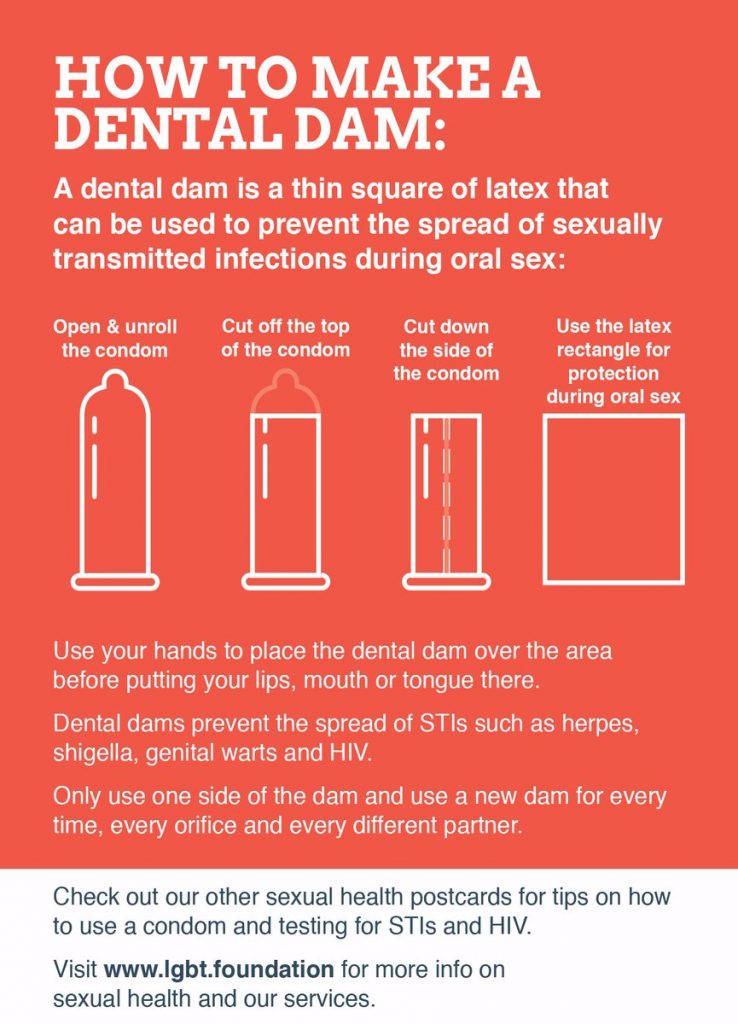Types of Sex

Whether it’s your first time having sex or your 100th, sex comes in different forms, and everyone defines sex differently. Sex can include the following:
- Vaginal sex
- Oral sex
- Anal sex
- Genital rubbing
- Genital touching
- Masturbation
Sex can culminate to the point where you orgasm. An orgasm, also known as coming/cumming and climaxing, is the full body release of the sexual tension and pleasure built up during sex. For men, an orgasm can be accompanied by ejaculation. For women, some may be able to ejaculate, or squirt, and some may not, both of which are completely normal.
When engaging in any sexual activity, it’s important to receive consent from your partner. If at any point you feel uncomfortable, you can stop whenever, and your partner should respect that. If you do not or cannot give consent and your partner does not respect your decision and does it anyway, that is called sexual assault. To learn more, visit the Consent and Violence and Abuse pages.

Also known as penis-in-vagina sex, where the penis penetrates the vagina. Vaginal sex is different for everyone. Some of you may enjoy it, some of you may not. When engaging in vaginal sex, there is a risk of becoming pregnant and contracting a sexually transmitted infection (STI). Using a birth control method and a condom can protect you from those. Learn more about birth control and condoms on the Birth Control Methods and Barrier Methods pages.
Oral sex is when you stimulate someone else’s genitals using your mouth. It’s also known as going down, eating out, or giving head or a blowjob. There is no risk of getting pregnant from oral sex, but you can get an STI if you don’t use protection. There are ways to make oral sex safer and still pleasurable, such as using dental dams.
Dental dams are thin pieces of latex used as a barrier between the mouth and vagina or anus to prevent the transmission of STIs. While performing oral sex, a condom should be worn on the penis or a dental dam should be placed over the vagina or anus. Because there is mouth-to-condom contact during oral sex, flavored condoms can be used for maximum enjoyment. To learn how to properly use a dental dam, visit this page by the Centers for Disease Control and Prevention (CDC).
If you or your partner are allergic to latex, there are latex-free options, such as dental dams made from polyurethane. If you can’t find a dental dam, you can modify external condoms to be dental dams. The picture below from the LGBT Foundation shows how to make and use a dental dam from a regular condom.

Anal sex is when a penis (or a sex toy) penetrates the anus, or butt. It can also be known as butt sex. There is no risk of pregnancy from anal sex unless sperm manages to reach the vulva and enter the vagina, but there is a risk of spreading STIs without the use of a condom. To learn more about condoms, visit the Barrier Methods page.
Because the anus is not able to lubricate itself like a vagina can, it’s important to use a water- or silicone-based lubricant, or lube, like in the photo shown below. Products with oil in them increase the chances of the condom breaking.
If you and your partner decide to switch between vaginal and anal sex, make sure you change the condom or thoroughly clean the sex toy before switching. If bacteria from the anus gets in the vagina or near the urethra (the opening to the bladder where urine comes out), it can cause an infection.

This refers to the rubbing of genitals against each other. There is a risk of becoming pregnant if you ejaculate and the sperm is able to reach the vulva and enter the vagina. STIs can also be spread through genital rubbing, so make sure to wear a condom. Visit the Barrier Methods page to learn more about condoms.
Genital touching refers to when your fingers or hands are used to stimulate someone else’s genitals. It’s also known as fingering or giving a handjob.
Masturbation is also known as touching yourself. It is a completely normal act, both males and females do it, and there is no such thing as masturbating too much. Masturbation can also help you learn more about yourself and what feels or doesn’t feel good, which you can communicate with your partner.
For more information about sex, check out the video below!
Content reviewed by Shandhini Raidoo, MD, MPH, FACOG
Last Updated: September 25, 2020 by Phyllis Raquinio
Sources
Lubricant Photo: K-Y Liquid Water Based Personal Lube. (n.d.). Retrieved July 23, 2020, from https://www.k-y.com/products/k-y-liquid-water-based-personal-lube